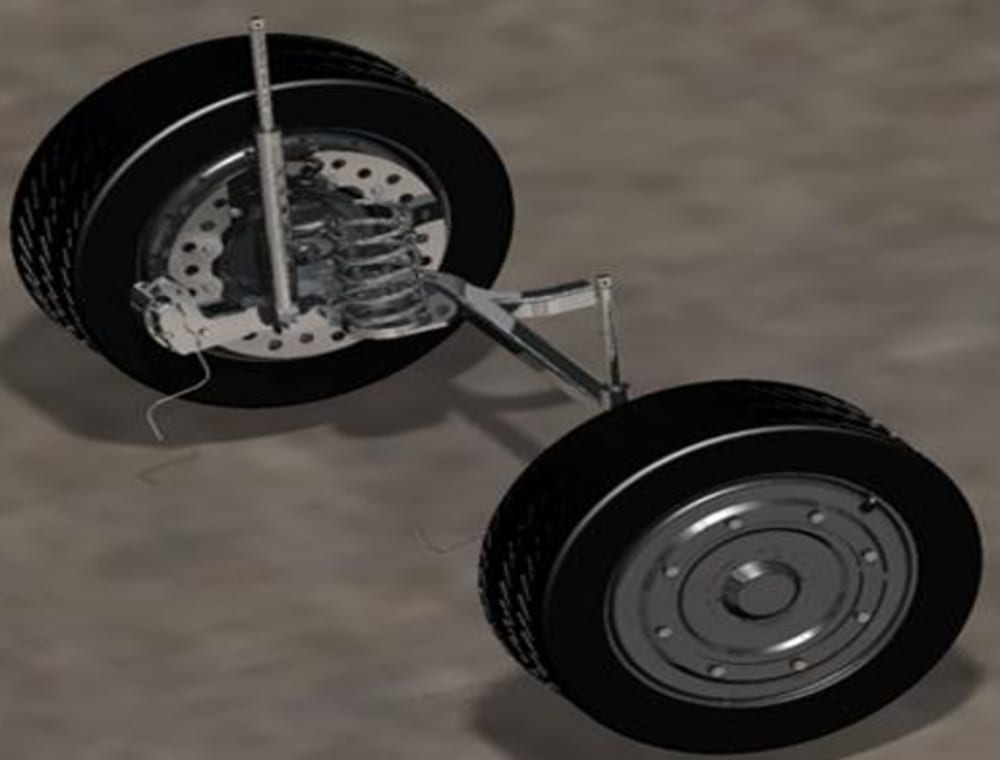The conceptual design is to generate a more effective energy recovery system by correlating the semi-active suspensions of electric as well as hybrid vehicles. The solenoid design with suspension system with a set of super capacitors will recover part of the energy otherwise lost in electromagnetic dampeners. A solenoid set up is proposed where the then recovered energy will be transferred onto Mgu-k (kinetic) and Mgu-h (heat) systems then a kinetic recovery system (kers) will be used to redirect energy into powering various parts of the vehicle. This idea proposed will enhance the electric vehicle operations by storing and converting potentially lost energy. The use of motor generator units is currently undertaken in formula one vehicles. However due to the assumption of weight restrictions the energy of suspensions in formula one vehicles is currently lost.
Thereby the development of this is to collaborate existing modules and adding in suspension generation tools. This idea is to create extra storage of energy where by on a road the electric car will be driving in steady state conditions, thereby already having a regenerative braking system. This proposed idea will enhance the safety in vehicles and thereby propose a more sustainable approach to store more energy thereby distributing more of ecofriendly approach based on thermodynamic principle of energy conservation.
Video
Like this entry?
-
About the Entrant
- Name:Raymond Bell
- Type of entry:teamTeam members:Mr Raymond Bell (4th Year Mech student) Mr Minfang Duan (2nd Year Mech student) Mr Nalin Randeniya (PhD candidate) Mr Andrew Danylec (PhD candidate) Dr Ambarish Kulkarni (Academic supervisor)
- Software used for this entry:Solidworks and Ansys
- Patent status:none

